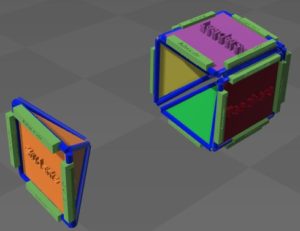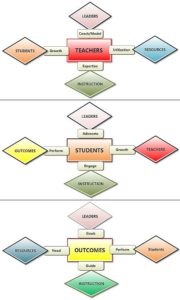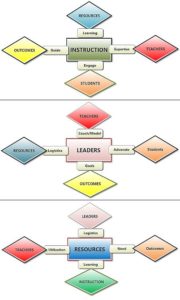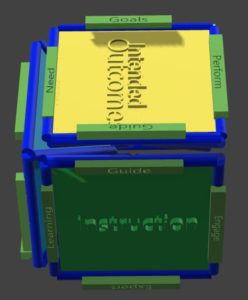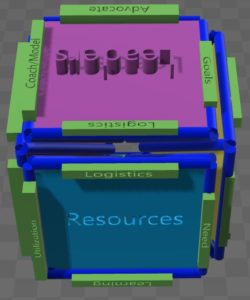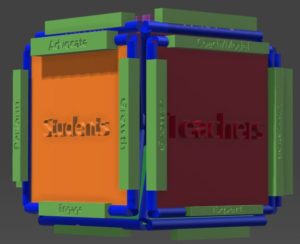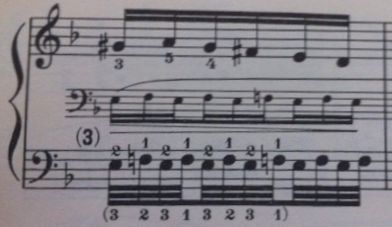Human society is driven by the interweave of our separate identities.
It is our capacity to build and work within the warp and weft of that interchange that creates relationships, and it is our capacity to make our distinctly human relationships that makes us unique in the known universe.
These relationships have multiple facets driven by the unique qualities we each carry. These relationships allow us to respect and support our mutual independence and our common co-dependence in the ebb and flow of each day, or neglect to respect.
This is the beating heart of the social dance we begin learning before birth and is the functional core that enables and drives our exceptional capacity to learn, to co-exist in an emotional universe, to navigate the range of possibilities our senses present. It is the impetus for our capacity to think and act creatively, and for billions of us to co-exist on a single planet.
At its worst, it has us crushing each other when conflicting expectations and perceived needs leave us unable to find a cooperative or constructive path. At its best it finds us in loving, constructive cooperation.
Whether we perceive a world of our demonic enemies versus our friendly allies, or a world of individuals with a common fundamental core in billions of flavors is a perceptual, belief driven outcome of our learning experiences, our beliefs, our expectations and our social capacity. Combined these make us individual, and our individuality makes us capable of being both lovers and haters, confidently secure and frightfully insecure, dreamers and problem solvers, visionaries and tinkerers, collaborators or opponents, potential friends or perceived enemies – in our classrooms, in our communities, in our politics, and on the global stage.
These are choices we make. Our choices leave a trail, evidence of our outcomes, our intents and the values embedded in our accomplishments.

